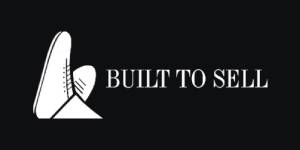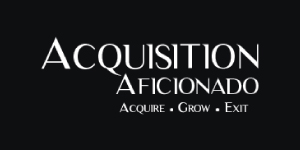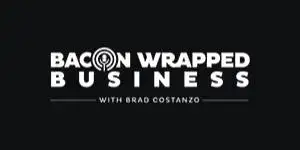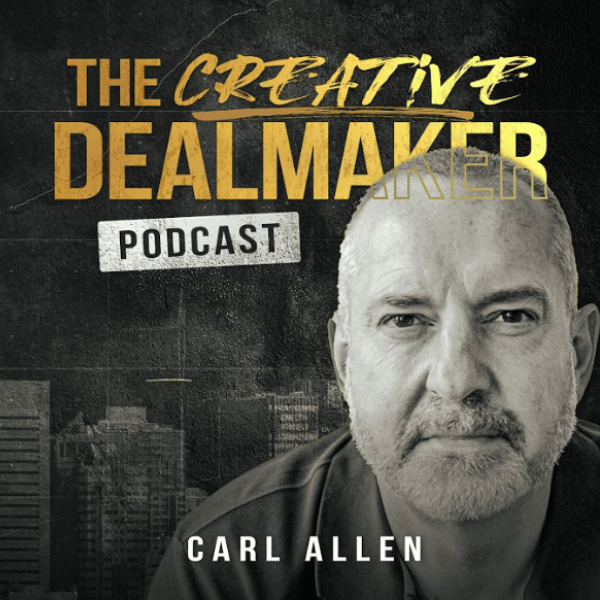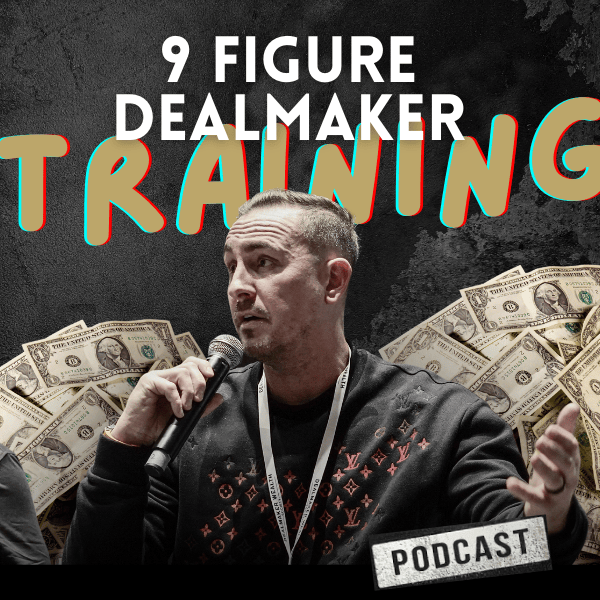4 Ways to Buy a Business With OTHER People’s Money
4 Ways to Buy a Business With OTHER People’s Money

A few weeks ago I had some kennels built at home, a place for my dogs to relax outside.
As I was checking them out and ventured inside on my own my wife thought it would be funny to lock me inside.
As I stood there wondering what to do, I was reminded of a post I had seen come up on the Dealmaker Wealth Society Facebook page.
One of our members had spoken to a U.K. local government adviser who told him, “Leveraged buyouts are illegal.”
Well, if that’s the case, I’m turning myself in. Lock me up. If I’m given 10 years per deal, I’ll be in prison for hundreds of years.
I’m really going to miss my family, you guys and all the trappings of my lifestyle.
I sure hope they have internet so I can keep writing Confessions of a Dealmaker…
But seriously – LBOs are illegal?
WTF?
That’s the biggest load of BS I have ever heard in my life.
LBOs have been a commonly used tool for buying businesses since 1955. McLean Industries, Inc. was the first reported LBO – a $49 million buyout deal.
And there have been some MASSIVE LBOs since…
- RJR Nabisco – $25 billion in 1988
- Hilton Hotels – another $25 billion deal in 1988
- Harrah’s Entertainment Group – $31 billion in 2006
- PetSmart – $9 billion in 2014.
Since 1955 (65 years) there have been millions of dealmakers, CPAs, financiers, lawyers and other deal intermediaries involved in LBOs.
You would need an island to house us all in a jail cell.
Think Alcatraz, but 10,000 times bigger.
And if buying a business using other people’s money is illegal… What about buying a car using financing?
Guilty, your honor!
Or buying a house using a 100% mortgage (very common prior to the 2008 global financial crisis) and using the rental income to service the loan?
Busted, judge!
What about trading on the stock market using your account margin to buy stock? Or you borrow stock to short it (in the hope that it drops and you can make money).
Take me away, bailiff!
I mean, come on! Total BS.
Let me show you.
Here are four simple ways to close a deal using an LBO.
First, let’s look at some really simple numbers:
- Revenues – $2 million
- Profits – $200K
- Margin – 10%
- Assets – $500K (these are fixed assets, receivables and inventory, assume no real estate included)
- Liabilities – $300K (these are debts you would inherit).
Assume you agree to buy this business for a 2.5X multiple of its profit. That’s how the vast majority of businesses are valued.
So 2.5X $200K = $500K enterprise value (the value of the operating business).
The value of the shares is the enterprise value less the debt.
So 100% share value is $500K — $300K = $200K.
The balance sheet is worth $200K ($500K assets less $300K liabilities).
If the owner were to turn off the lights and close the doors, assuming they could get 100 cents on the dollar in liquidating assets (which is almost impossible), they would net $200K at best.
More likely, they would break even or worse.
Assuming they sold the assets at 50%, that would generate $250K in cash. Then they would have to satisfy the liabilities at $300K and would in fact LOSE $50K.
Offer 1 is just to take over the liabilities. The seller gracefully exits, you inherit the liabilities. The seller saves $50K if handing the business to you is the ONLY option.
Offer 2 would be to offer the full $200K but pay it as an EARN-OUT.
An earn-out is a stream of future payments (like seller financing) but they aren’t guaranteed and are tied to certain financial performance (like revenue or profit).
The business is generating $200K today. Let’s assume you offer to pay 50% of the profits over $100K per year.
That way, you still make $150K per year and the seller takes the other $50K.
If the business makes $200K per year for four years (assuming you don’t grow it), then the seller makes a total of $200K.
You make $600K.
Offer 3 would be to turn the earn-out into guaranteed seller financing. Offer $50K per year for four years for $200K total. But the seller remains a charge over the business so they can take it back if you don’t pay.
Offer 4 would be to pay $100K at closing and the remaining $100K over two years (maintaining the same $50K per year seller financing).
The $100K closing payment is raised from the assets within the business.
Assume $150K of the $500K assets are accounts receivable, from which you can typically raise at least $100K in financing. That’s the closing payment sorted.
And you pay closing costs (adviser fees) from the cash flow of the business that you now own.
That’s how LBOs work.
You find a deal… value the business… and offer different deal structures that increase in attractiveness as you negotiate.
Nothing illegal in this, my friend.
It’s been happening for 65 years and will continue to happen for at least another 65.
So no jail time for me.
Until next time, bye for now.s
Carl Allen
Editor and co-founder, Dealmaker Wealth Society
P.S. Dr. Shannon Irvine is a good friend and mindset mentor of mine and tomorrow she’s hosting a free, live workshop called Master Your Entrepreneur Mind: From Unfocused to Unleashed at 3:00 p.m. ET (8:00 p.m. BST). You’ll leave this workshop knowing how successful entrepreneurs ended perfectionism and procrastination… how to mentally gain the clarity to uncover your perfect niche… how to flip imposter syndrome into an audience into raving fan… and more! Best of all, it’s free to attend. Click here for details.
